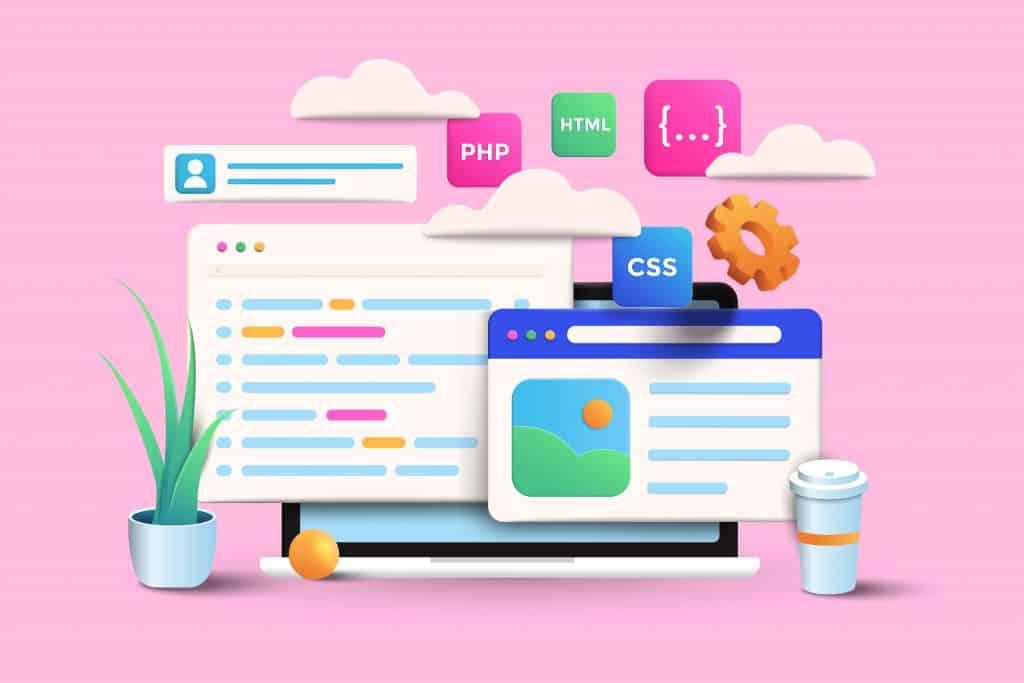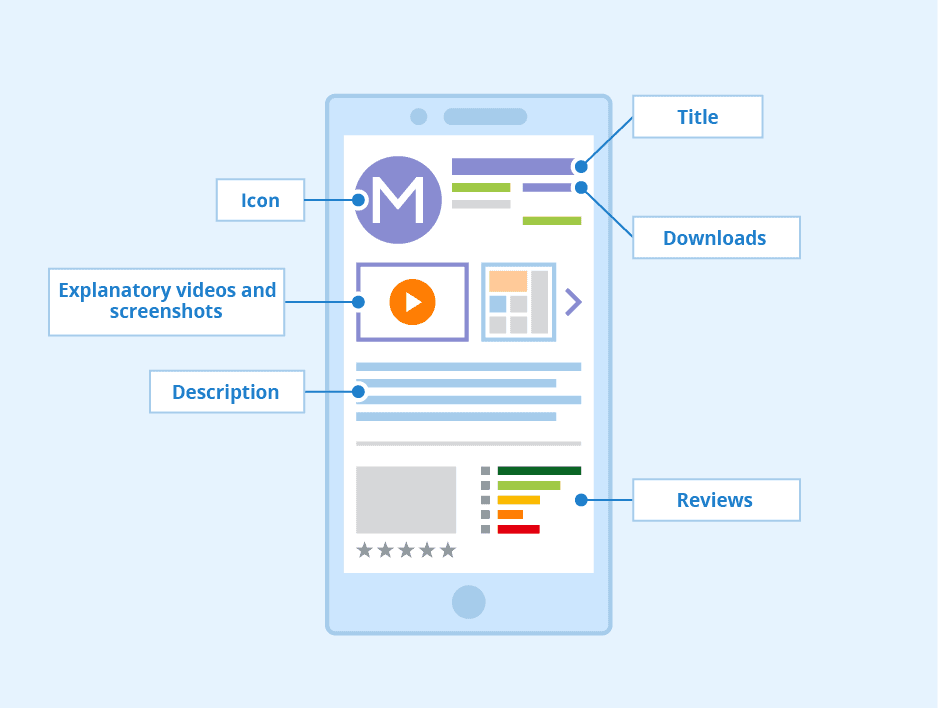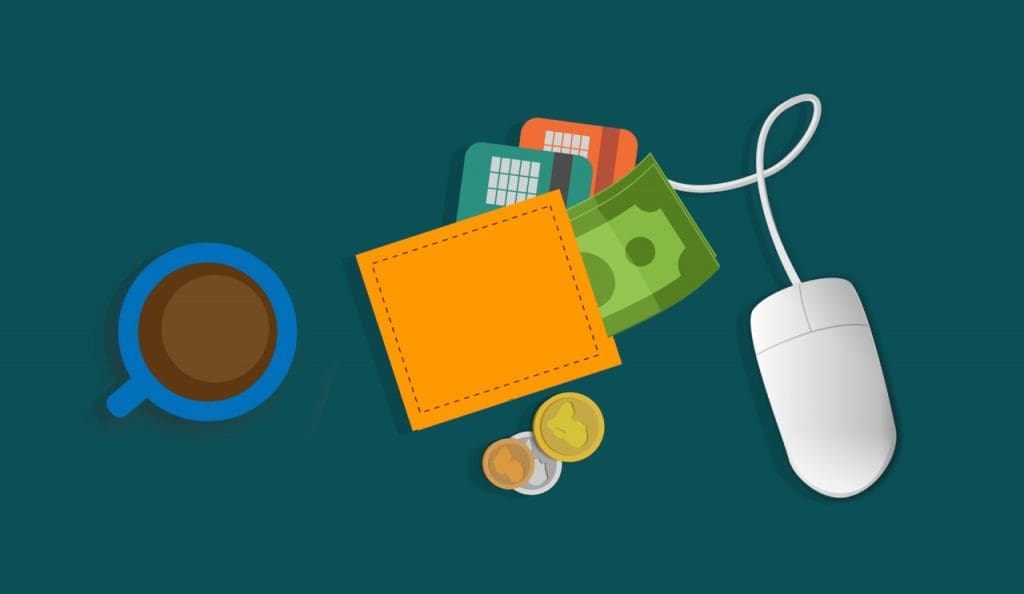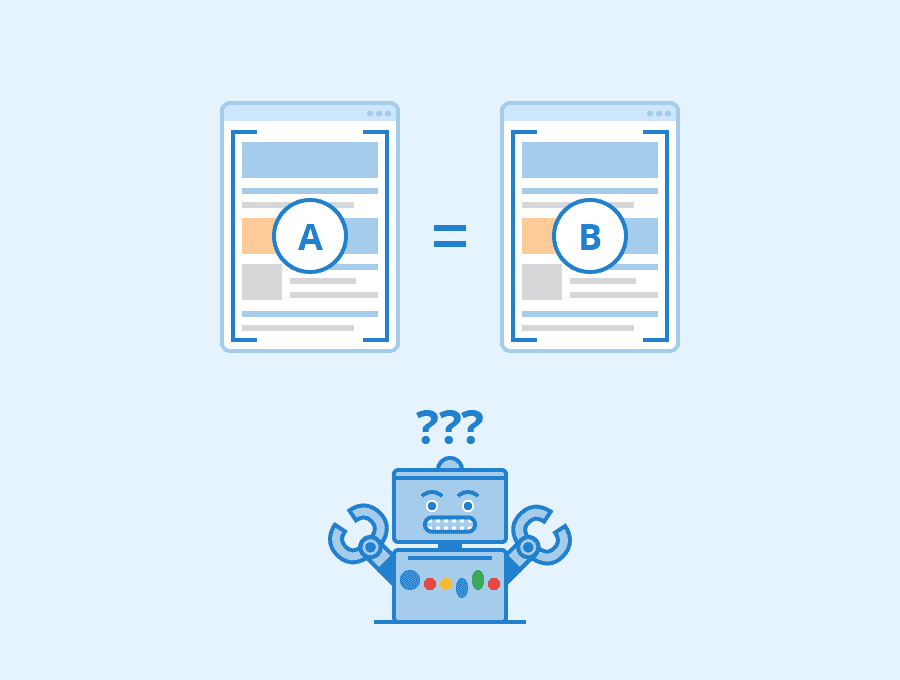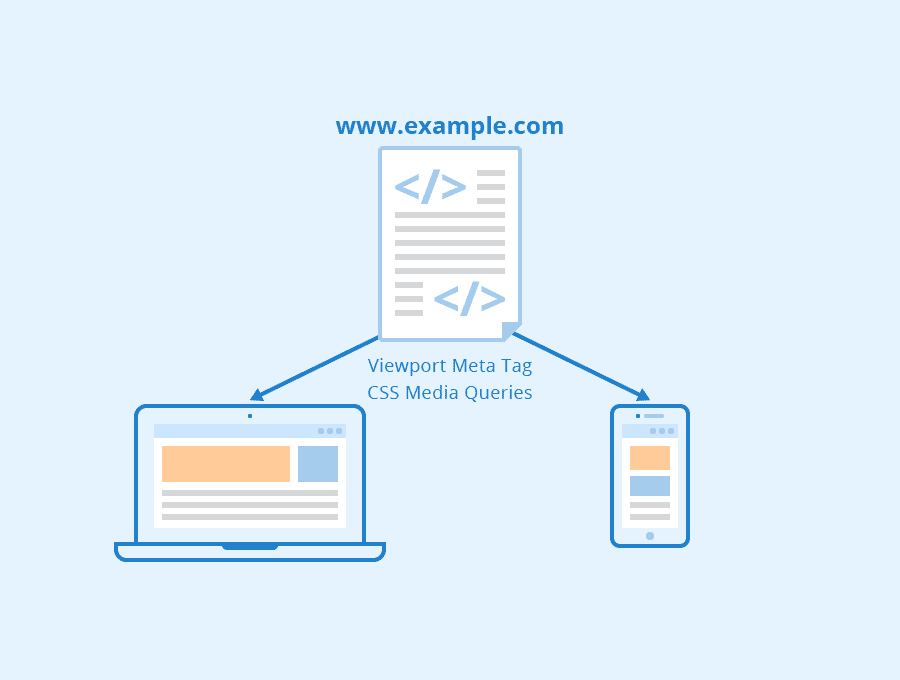Mobile games are one of the most popular mediums for communicating a message to a wide audience and, in many cases, have become profitable for many businesses.
In order to succeed in your business and develop a mobile game, you need to calculate the approximate cost first. The time it takes to create the game will depend on how much time and energy you’re willing to invest, as well as which platform or touch points you want to focus on.
Let’s start by looking at some key statistics.
Mobile Gaming Stats
Mobile games have never been so popular. Here are some statistics about the global market.
- The US still expects to have game revenue worth $18,250 million in 2020. By 2022, it will increase to $22,828 million according to Statista.
- Games like COD: Mobile and PUBG Mobile reached $500 million and $2.6 billion in revenue respectively this year, showing the US Market’s growth potential for new games.
- In 2021, there were almost 2,659.5 million mobile game players globally.
- We predict that mobile gaming revenue will increase at a 2.9% CAGR by 2024.
- A recent study found that 72% of mobile device users in the United States play games on their phones.
Mobile Game Development Costs and Factors that Affect Them
The mobile game development cost considers the different factors. These are the top affecting aspects of the cost.
Pre-Development Costs
Developers build a Game Design Document which is vital for developing the logic of a game.
With the game design document creation, you need to estimate costs based on how much time and effort is required for the process. The cost per each hour of work can be determined depending on which aspects the project needs.
Platform
You need to select iOS or Android for your game development. The cost of the apps is based on different factors and is dependent on what type of app you’re making. Android costs more than iOS, but it has a larger reach realm in mobile platforms.
Apple gadgets administration and payment systems are more expensive than those of the Android. Single-platform development costs less than multiple-platform development.
If you want to earn revenue from multiple platforms, you should opt for cross-platform development.
Design
The game design stage should take into consideration areas of target user, game levels, and gameplay. Without planning for the end result, you may have many bugs in your app.
The most high-profile types of designers are UI/UX designers, architects and game artists. They charge fees that depend on their experience and skills.
Game App Testing
The testing process for making games is similar. A game developer cannot tolerate a small number of bugs, which is unacceptable to gamers.
To prevent mistakes, budget some money for testing services. Testing helps to make sure your game runs effortlessly and also provide a good user experience.
Category and Genre

The cost of game app development depends on what kind you want. There are three main types: simulated app, social gaming app, and casual games. We can categorize game apps depending on complexity:
- Casual 2D Games: These are usually low-budget games that involve a soundtrack and basic 2D graphics. Although these are basic games, they provide great scope for scaling-up and user engagement rate.
- Mini-Games: Casual or mini-games are basic solo games that don’t really need playing skills.
- Mid-Level Games: These mobile games include good graphics, story, character development, and leveling-up. The depth and variety in the content boost the replay capacity and involve players for a longer time.
- Social Games: Multiple users play these games on social media platforms like Facebook. These games are the same as browser games and can access limited user info. Generally, developers build these games with SDKs offered by social platforms.
- High-Level Games: These games need a massive budget, and you can hit the jackpot by targeting the right audience.
- Business Games: businesses use mobile games as internal tools to encourage creativity, improve communication, and make the work environment more engaging and fun-filled. They cover multiplayer games feature exciting graphics, storyline, soundtrack, game levels, and cross-platform compatibility.
Game Complexity
If you know the genre and category of a game, you can decide what features it needs. Games that are simple enough can go without social media integration.
Developers have to pay more for adding features like a voice-integration and gyroscope to a game, which underlines the development cost and makes it expensive.
Mobile Game Engine
The mobile game engine is an important factor to consider as your mobile game will depend on these engines. You’ll need to select a suitable game engine for your game depending on the type and features it has.
There are many different mobile game design engines available on the app development market. Each one has a set of pros and cons, which you can use to select one that is right for your business needs.
How Much Does Mobile Game Development Cost?
The cost to develop a mobile game is dependent on the platform and features chosen, as well as your location. Costs can vary quite a bit between companies, but will more than likely be more expensive in developed countries.
It may cost more money to make a game that is high in graphics, with many features and is able to be used on many platforms. The price will decrease if you have fewer demands that include these things.
The Best Way To Monetize A Game App
You can use app monetization techniques to earn money from the software you are developing. The most popular techniques for monetizing an app include in-app purchases, in-app advertisements, and subscriptions.
In-App Purchase
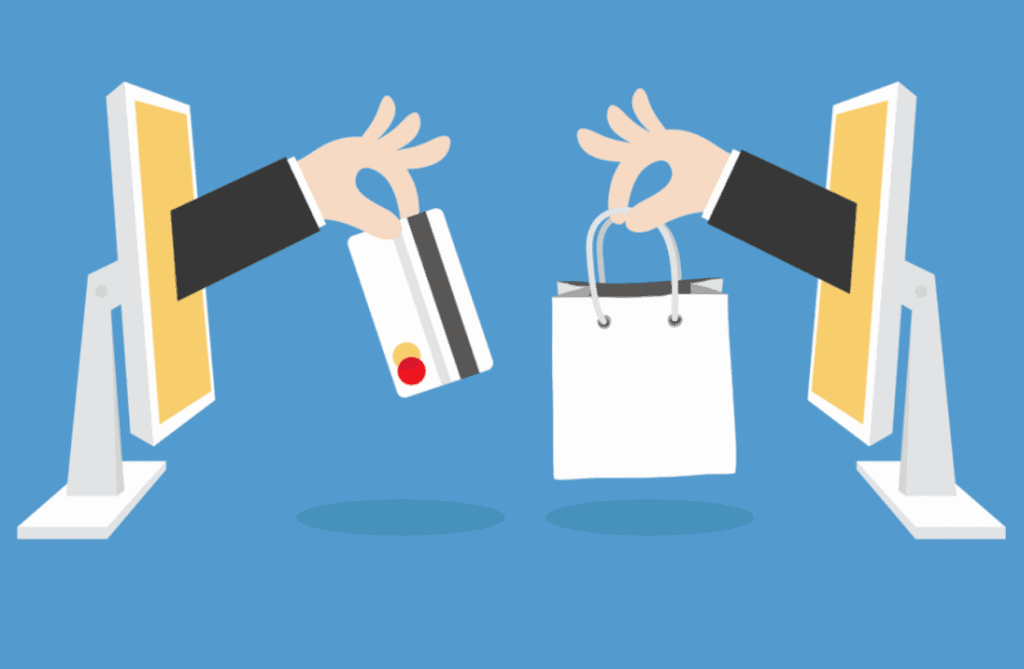
Apps often use this monetization strategy of having a free app with in-game features that require users to pay real money to unlock.
Subscription
Many customers are looking for ways to “try before they buy” and this is where a subscription model becomes lucrative. For any app, it doesn’t matter the price-to-value ratio – if it’s useful, users will pay for their subscription.
Advertising
One of the greatest monetization methods for in-game purchases are advertisements. These ads, though difficult to deal with have the potential to make a lot of money off the game. They also consist of user-rewarding and motivating functions that attract players towards premium subscriptions and higher levels without external ads
Freemium
Some games try to get you to pay for a premium version by providing the free one. The games work as they will have ads while you play. Making a purchase allows you to remove ads and enjoy the game without distractions.
Final Thoughts
Selecting a mobile development company is a crucial decision that will affect the future of your game. Ensure that you get the desired quality at the lowest cost. Check different companies and choose one that delivers at an agreeable price.
The post The Cost of Mobile Game Development appeared first on Creativ Digital.
from Creativ Digital https://ift.tt/a2e4Rvs


